In a world where rising temperatures dominate headlines, a peculiar phenomenon has caught the attention of scientists and climate experts alike. Massive icebergs, some larger than major cities, are stubbornly resisting the warming trends that threaten polar ice caps. These frozen behemoths drift through oceans, seemingly impervious to the forces that are reshaping our planet’s cryosphere.
From the Antarctic to the Arctic, these persistent ice masses challenge our understanding of climate dynamics and pose intriguing questions about the future of our oceans. In this exploration of Earth’s most resilient ice formations, we’ll dive into the science, significance, and surprising stories behind the icebergs that simply won’t melt.
Stubborn Iceberg Science
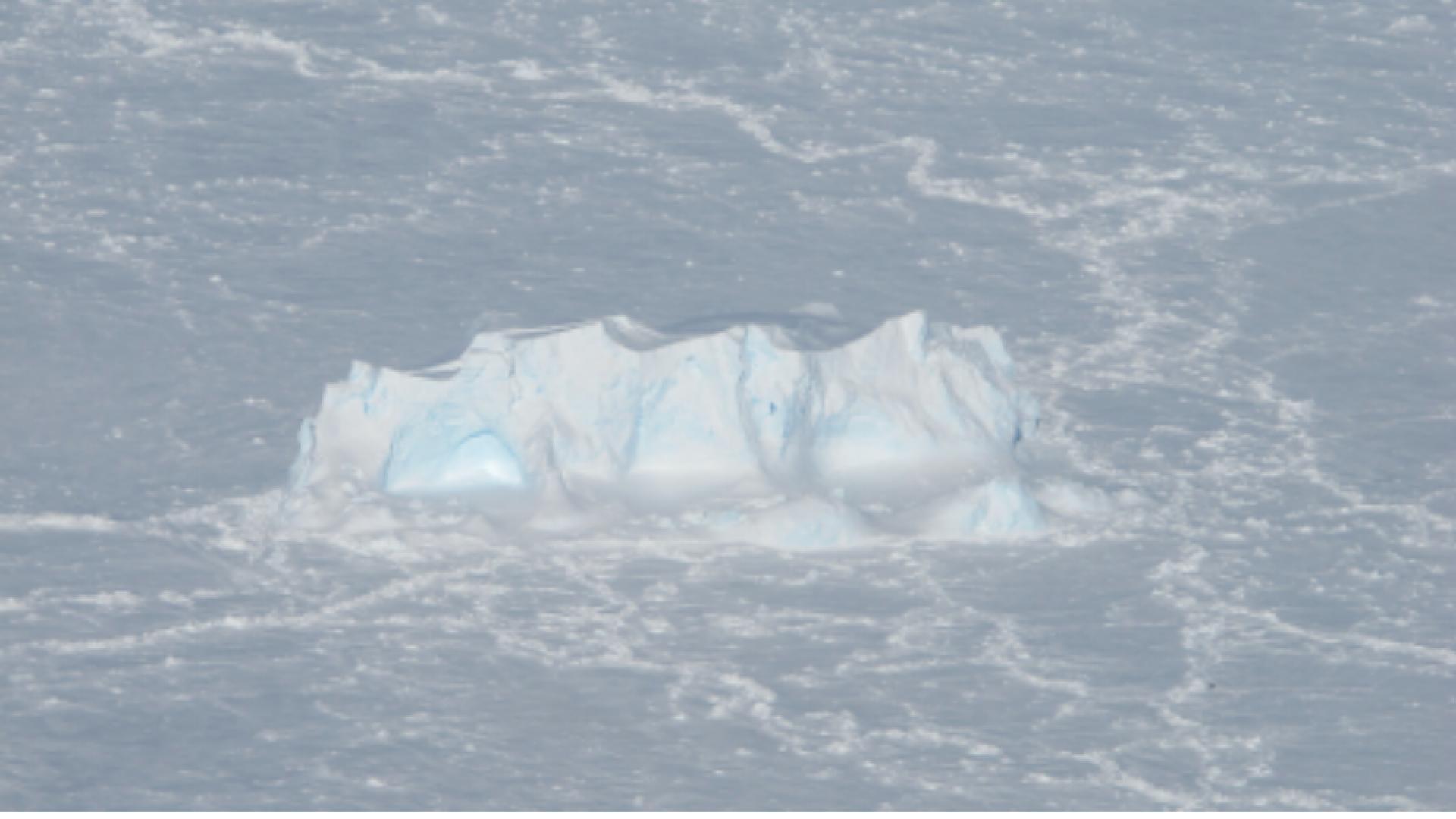
The persistence of massive icebergs in warming oceans seems counterintuitive. However, their resilience lies in complex thermodynamics. As these frozen giants melt, they create a protective layer of cold, fresh water around themselves. This barrier inhibits further melting by insulating the iceberg from warmer saltwater.
Additionally, the sheer size of these icebergs means they have immense thermal inertia, requiring substantial energy to change their temperature. Factors such as albedo (reflectivity of sunlight), internal structure, and debris content also play crucial roles in their longevity. Understanding these mechanisms is vital for predicting ice behavior in our changing climate.
Record-Breaking Giants
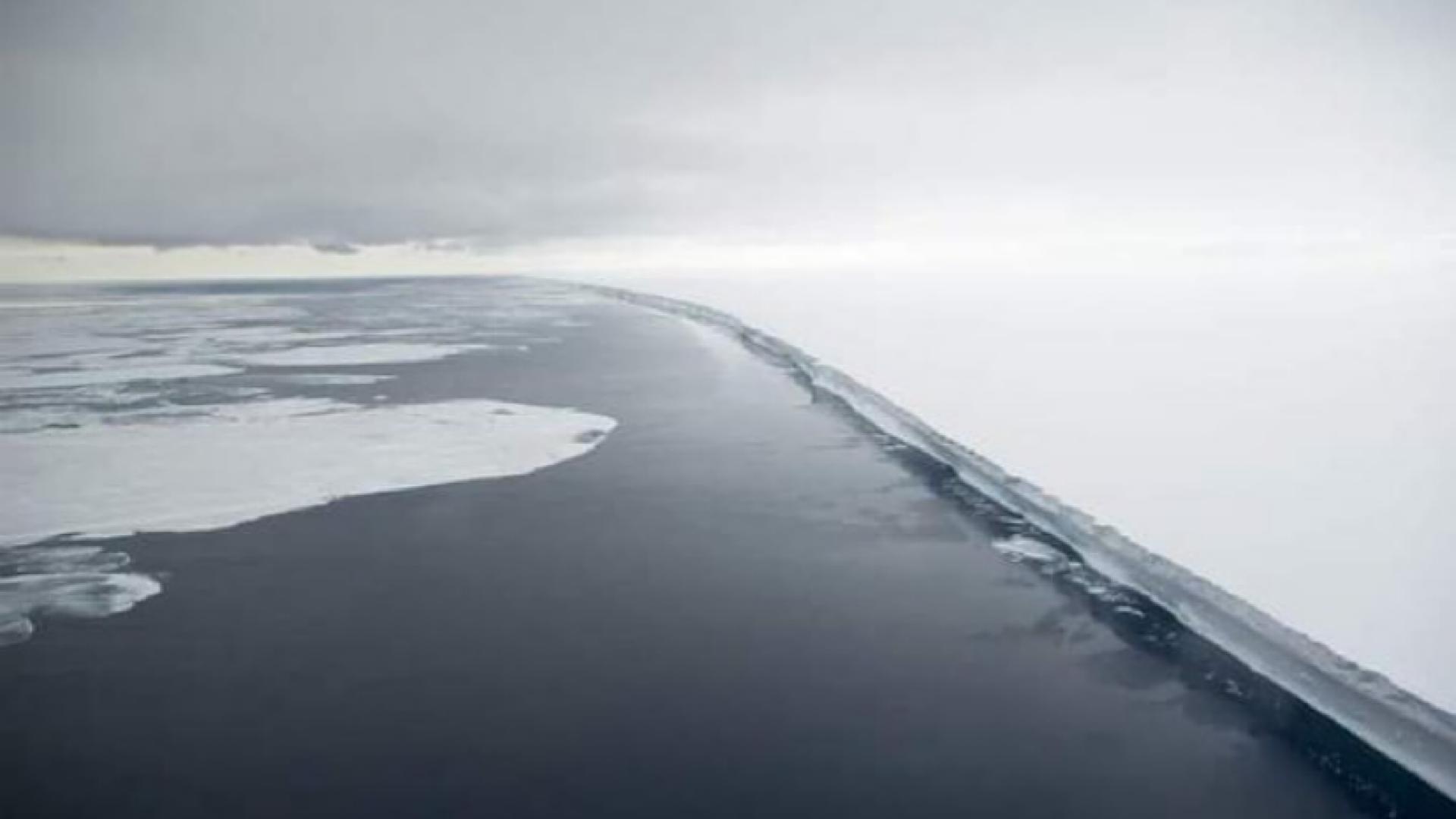
Imagine an iceberg the size of Delaware – that’s the scale we’re dealing with when discussing these frozen leviathans. The largest recorded iceberg, dubbed B-15, calved from Antarctica’s Ross Ice Shelf in 2000, measuring a staggering 11,000 square kilometers. These colossal ice masses can weigh trillions of tons and reach hundreds of meters below the ocean surface.
Their immense size not only contributes to their longevity but also impacts global ocean currents, local ecosystems, and even Earth’s gravitational field. As climate change accelerates, we may see more frequent calving of these giants, altering our understanding of “record-breaking” in the polar regions.
Climate Change Paradox
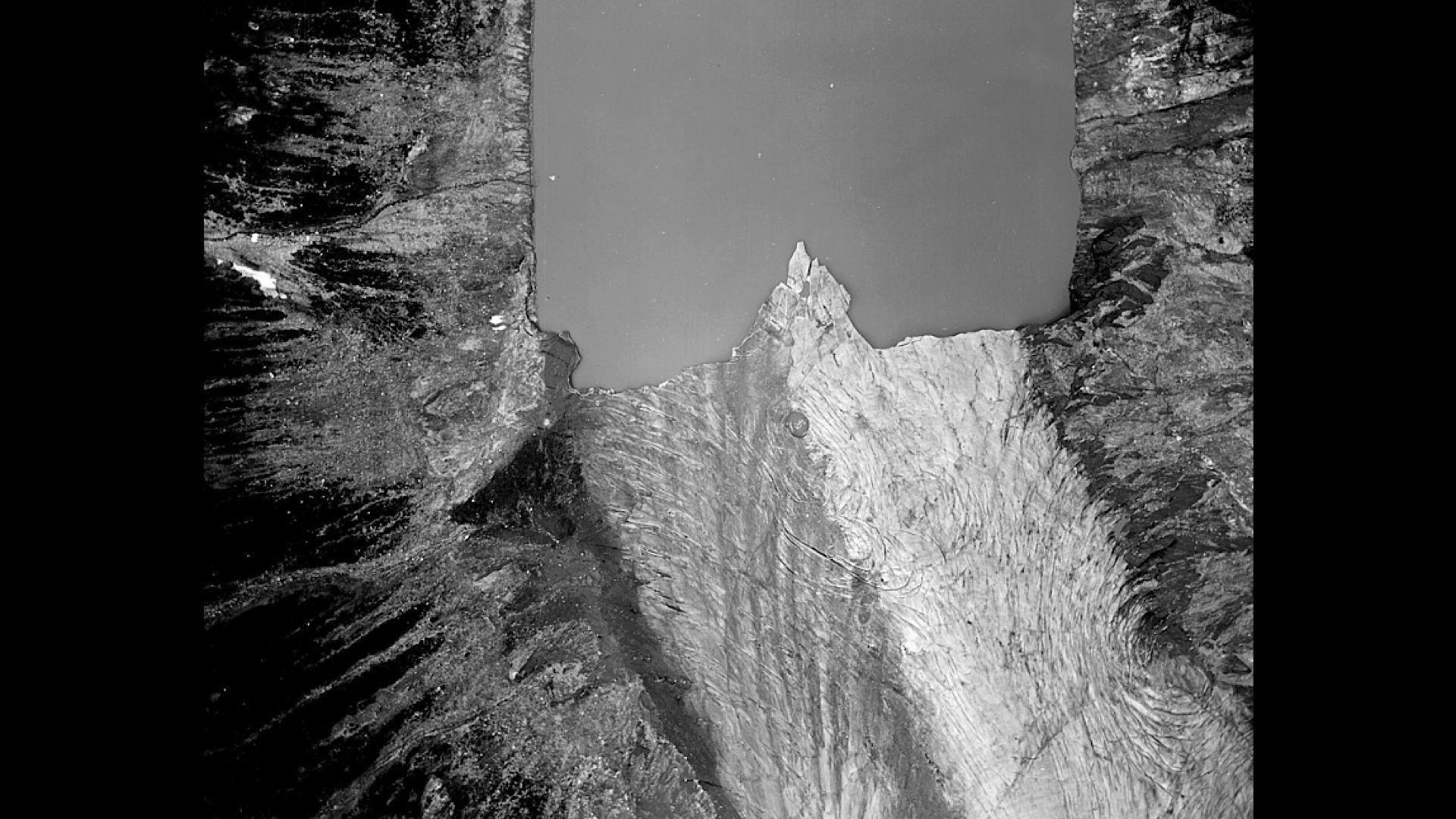
While global warming is causing widespread ice melt, it’s also paradoxically contributing to the formation of massive, enduring icebergs. Rising temperatures destabilize ice shelves, leading to more frequent calving of enormous ice chunks. Once afloat, these giants can persist for years, even decades. Their journey through warming oceans creates localized cooling effects, potentially slowing the melt of nearby ice formations.
This unexpected consequence of climate change complicates our models of global ice dynamics. Scientists are now grappling with how these persistent icebergs might influence broader climate patterns and whether they could play a role in temporary regional cooling phenomena.
Tracking Ice Titans

Monitoring these frozen behemoths is a testament to modern technology. Satellites equipped with synthetic aperture radar can pierce through cloud cover, providing high-resolution images of icebergs day or night. GPS beacons are sometimes deployed directly onto the ice, offering real-time data on position and drift patterns.
Oceanographers use autonomous underwater vehicles to study the submerged portions of icebergs, revealing their hidden structures and melt patterns. This multi-faceted approach allows scientists to create sophisticated models of iceberg behavior, crucial for predicting their paths and longevity. Such tracking is vital for maritime safety and understanding the icebergs’ impact on ocean ecosystems.
Thriving Ice Ecosystems
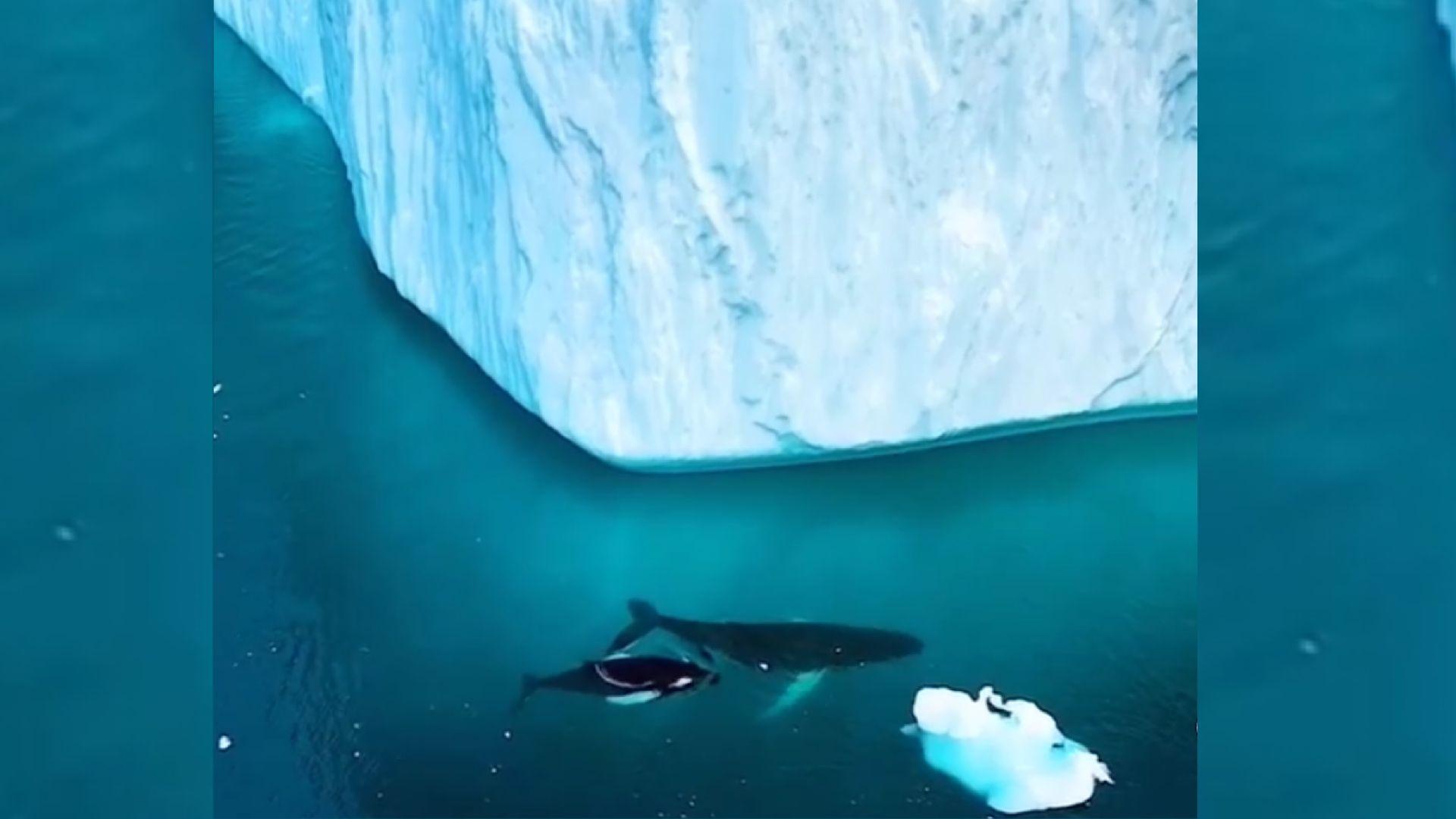
Far from being barren masses, these persistent icebergs are floating oases of life. As they drift, they release nutrient-rich meltwater, creating ‘hotspots’ of biological activity in their wake. Phytoplankton blooms attract krill, fish, and in turn, larger predators like seals and whales. The icebergs themselves provide resting places for seabirds and seals.
Some even host unique microbial communities within cracks and crevasses. This enhanced biodiversity can extend for hundreds of kilometers around the iceberg, significantly impacting marine food webs. Studying these ecosystems offers insights into how life adapts to extreme and changing environments.
Altered Shipping Routes
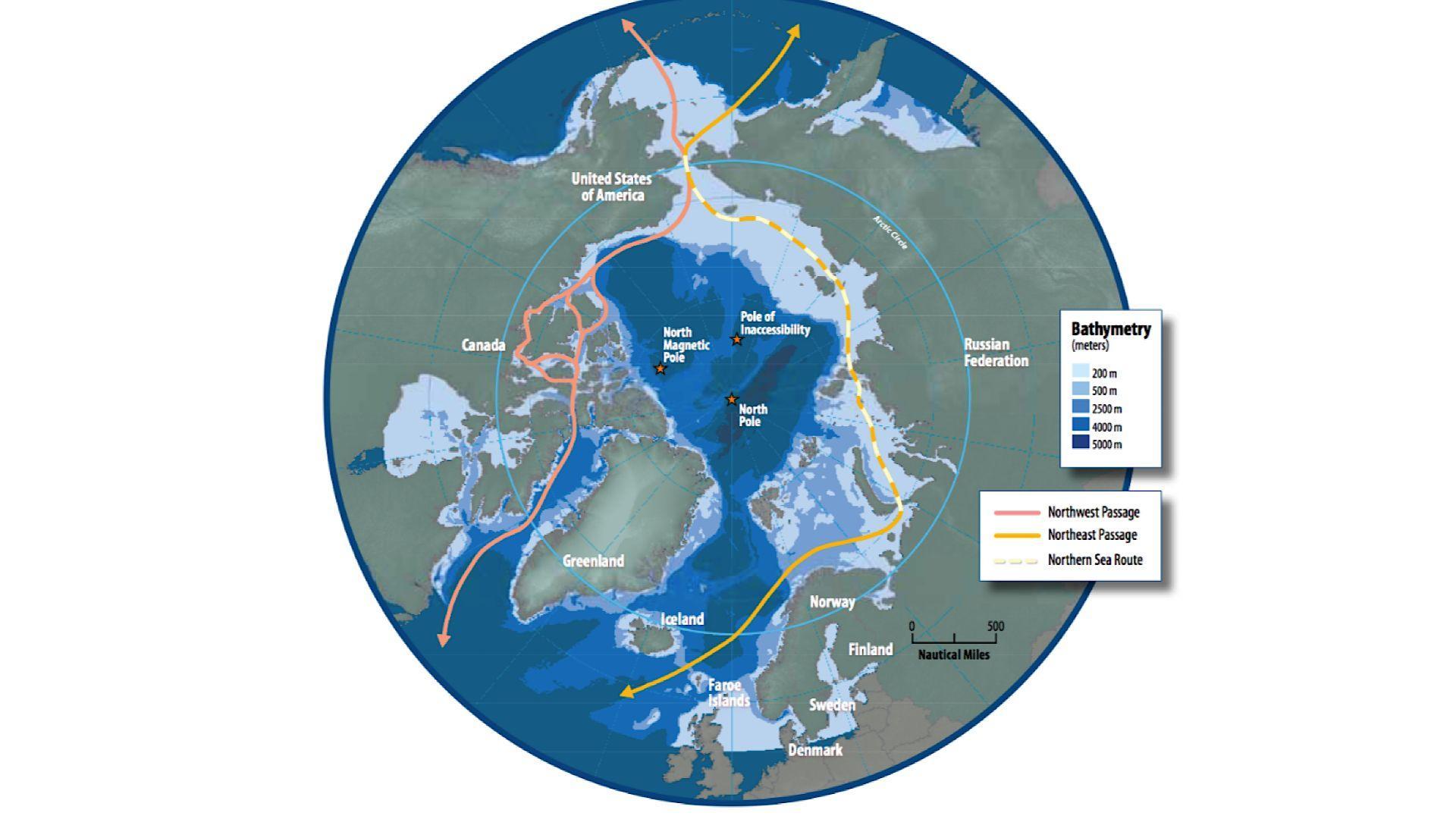
The presence of these enduring ice giants poses significant challenges to maritime navigation. Traditional shipping lanes may become obstructed, forcing vessels to reroute, potentially adding days to journeys and increasing fuel consumption. This not only impacts commercial shipping but also affects scientific expeditions and tourist cruises in polar regions.
Maritime authorities must constantly update ice charts and issue warnings to ensure safe passage. However, the situation also presents opportunities. Some companies are exploring the potential of harvesting these icebergs for freshwater, while others see new shipping routes opening up as ice patterns change. The key lies in balancing economic interests with safety and environmental concerns.
Floating Freshwater Reservoirs
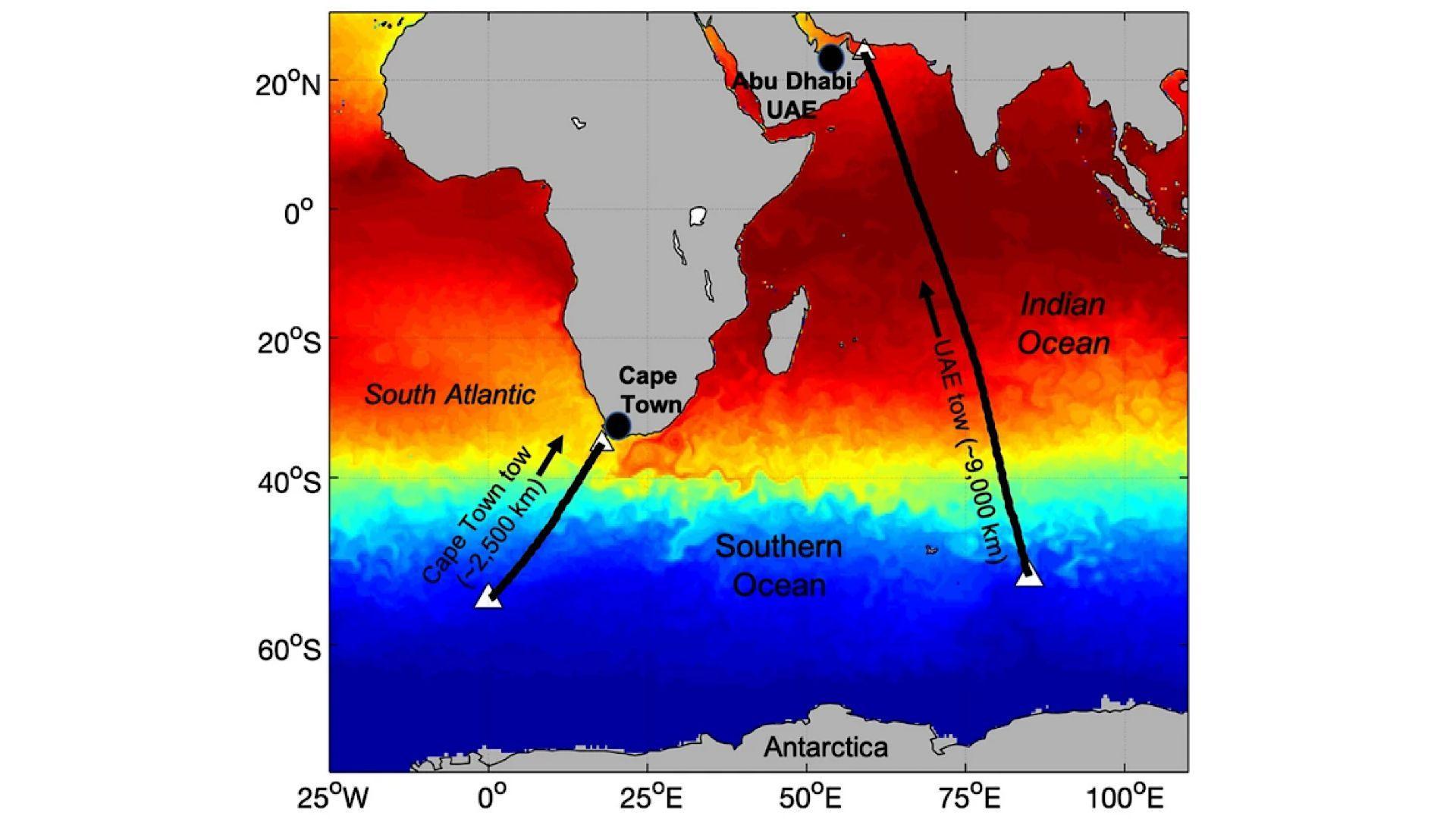
As freshwater scarcity becomes a global concern, some visionaries see massive icebergs as potential solutions. These frozen giants contain billions of liters of pure, fresh water. Proposals to tow icebergs to water-stressed regions have circulated for decades, but technological and logistical challenges have hindered implementation.
Recent advancements in materials science and maritime engineering have rekindled interest in iceberg harvesting. Proponents argue that tapping into this floating freshwater could alleviate drought conditions in coastal areas. However, critics raise concerns about ecological impacts and the energy costs of such operations. As the technology evolves, the debate intensifies: could these stubborn icebergs become unlikely heroes in the global water crisis?
Historical Ice Legends
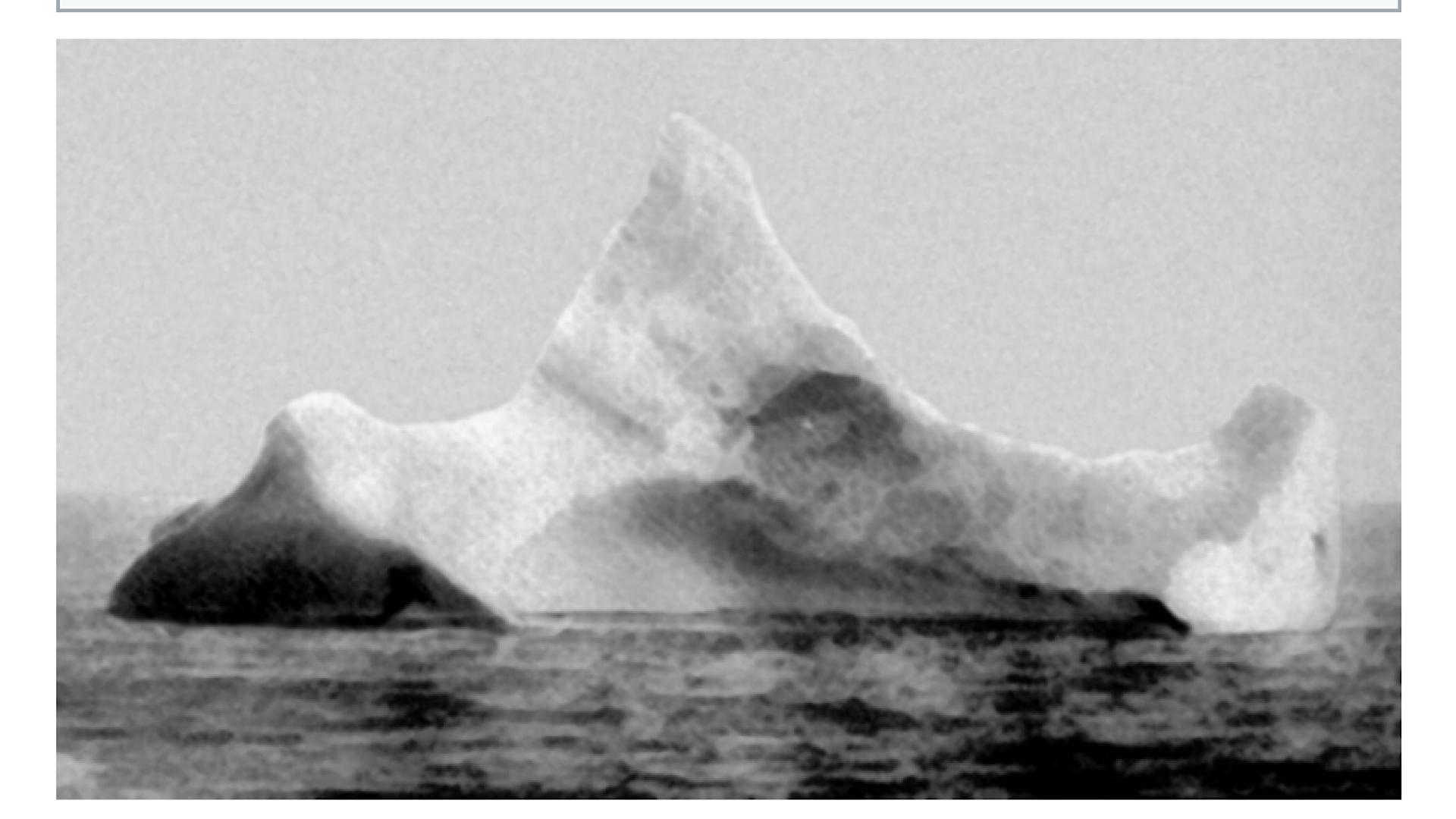
Throughout history, colossal icebergs have captured human imagination and left their mark on maritime lore. Perhaps the most infamous is the berg that sank the Titanic in 1912, forever changing marine safety protocols. In 1956, an iceberg traveled an unprecedented 2,414 miles from Antarctica to New Zealand, astounding scientists of the time.
The 1990s saw the rise of “Iceberg B-9,” which became a floating home for emperor penguins for over a decade. These historical anecdotes not only fascinate but also provide valuable data for understanding long-term iceberg behavior. By studying these “ice legends,” researchers gain insights into how future giants might behave in our changing oceans.
Predicting Iceberg Longevity
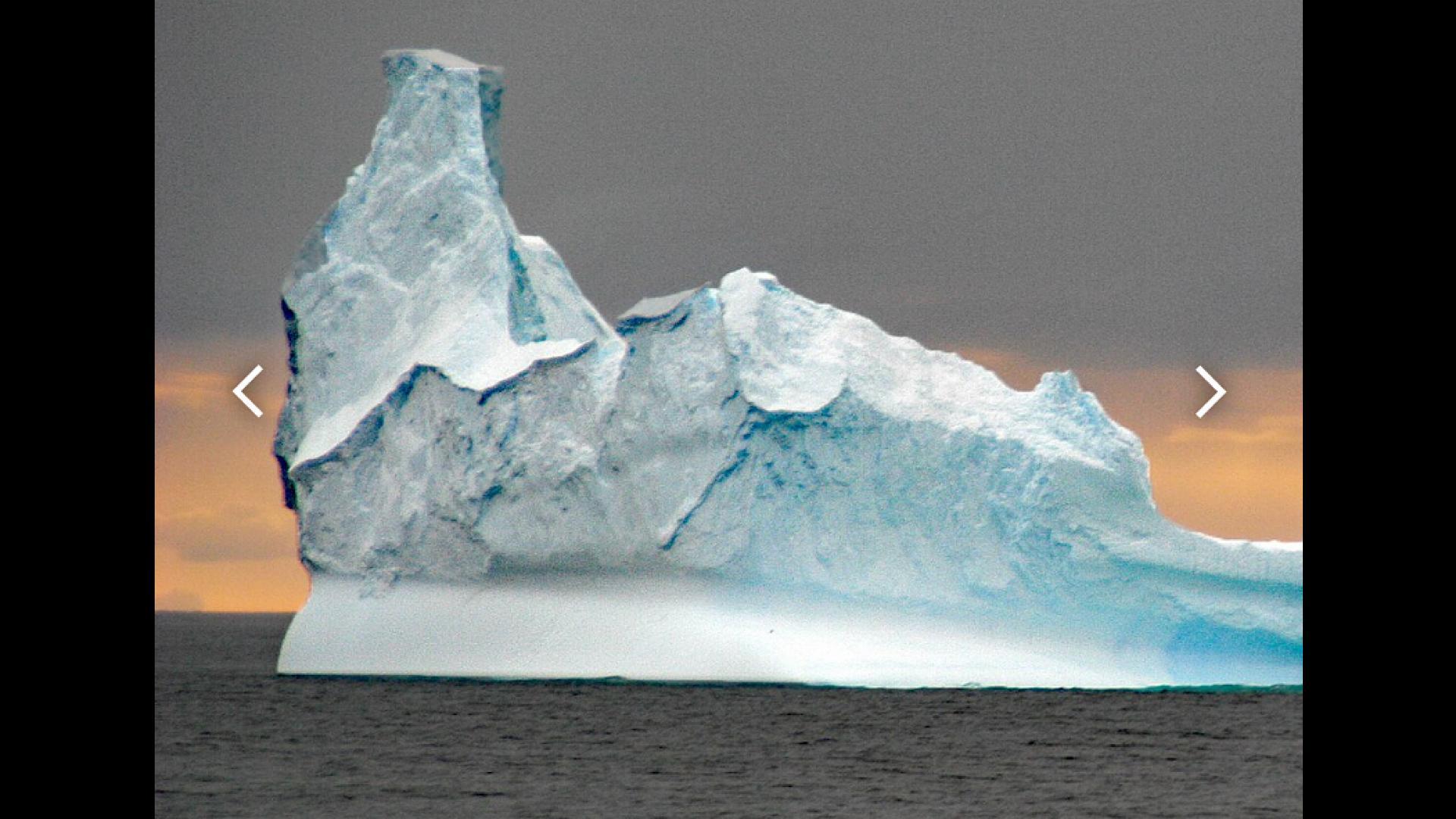
Forecasting how long a massive iceberg will persist is a complex science, blending oceanography, meteorology, and physics. Researchers use satellite data, ocean temperature profiles, and sophisticated computer models to estimate iceberg lifespans. Factors like size, shape, and internal composition play crucial roles.
The surrounding ocean currents and atmospheric conditions also significantly influence melt rates. As climate change alters these variables, prediction models must constantly evolve. Accurate forecasts are vital for maritime safety and understanding global water cycles. Some icebergs have defied predictions, lasting years longer than expected, highlighting the need for continued research and model refinement in this dynamic field.
Icebergs and Geopolitics
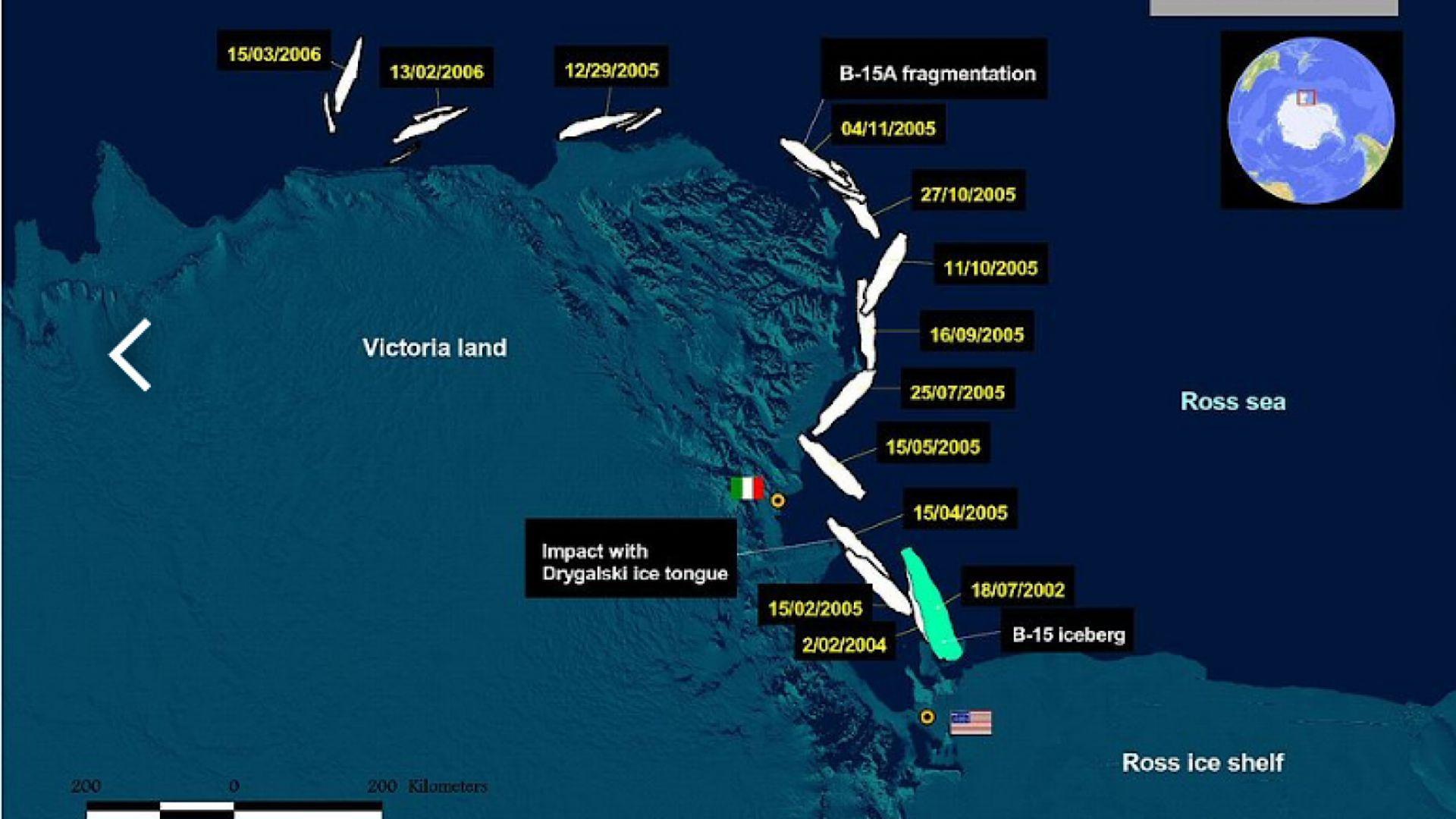
The persistence of massive icebergs intersects with international politics in surprising ways. As these ice giants drift, they can cross maritime borders, raising questions about territorial waters and resource rights. Some countries view large icebergs as potential freshwater resources, leading to discussions about ownership and exploitation rights. In the Arctic, the presence of enduring icebergs impacts discussions about new shipping routes and resource extraction.
Antarctic icebergs, governed by the Antarctic Treaty System, present unique challenges in international cooperation and environmental protection. As climate change reshapes polar regions, the geopolitical significance of these icy behemoths is likely to grow, potentially influencing future international agreements and conflicts.

